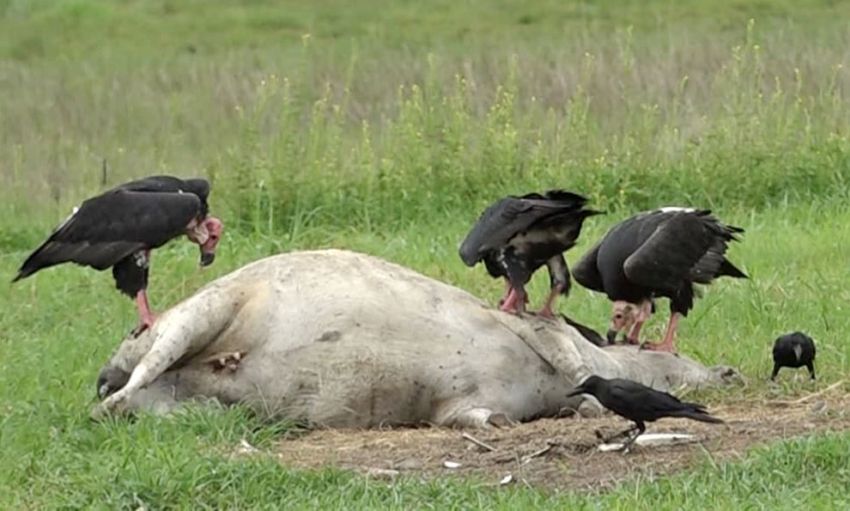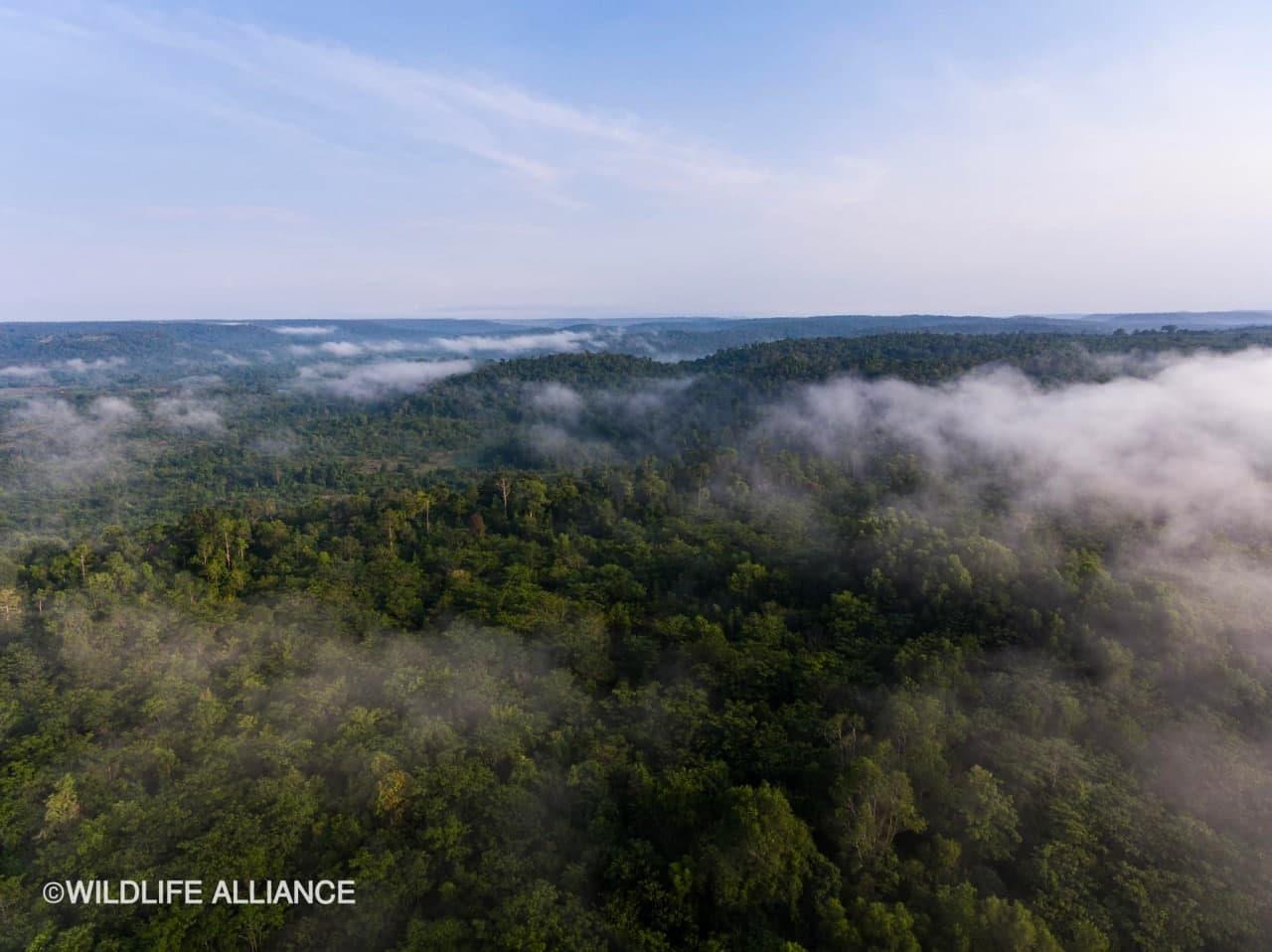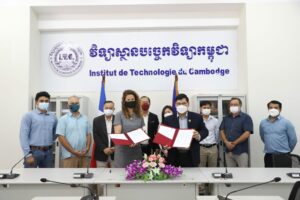Vulture census to determine birds’ numbers
The vulture census conducted by the Ministry of Environment and partner organisations on June 9 recorded 82 vultures in protected areas in the provinces of Preah Vihear, Mondulkiri, Stung Treng and Kratie, according to ministry spokesman Neth Pheaktra.
Pheaktra said on June 12 that the census will be conducted five more times to determine whether vulture numbers are increasing or decreasing.
The results reveal that there are 13 red-headed vultures (Sarcogypscalvus), 42 white-rumped vultures (Gyps bengalensis) and 27 slender-billed vultures (Gyps tenuirostris).
Bird feeding stations at the so-called vulture restaurant recorded 23 vultures in Preah Vihear province, 52 in Stung Treng and seven in Kratie, but no sightings were recorded in Mondulkiri.
“The ministry’s technical working group and partner organisations have scheduled five more national censuses to determine whether the endangered vulture population is increasing or decreasing. The censuses will be on June 20, September 10 and 20, and December 10 and 20,” he said.
He said Cambodia’s annual vulture census surveys biodiversity in protected areas to understand what wildlife is present and facilitate planning, protection and conservation. It is aimed at preserving the Kingdom’s biodiversity.
The census was conducted by collecting data from four different locations at the same time of day to make sure that the number of vultures did not feed in different places.
According to Pheaktra, the results of the nationwide vulture census in 2020 showed the highest number of vultures at 129.
The birds live in groups and eat carcasses, and humans are vultures’ biggest threat through pollution, habitat loss, and hunting.
“Some communities have used poison in or near ponds to catch birds and other animals. This is a major cause of death for vultures as the birds ate poisoned carcasses,” he said.
Wildlife Conservation Society (WCS Cambodia) country director Ken Serey Rotha said that from January to May, WCS Cambodia organised additional feeding stations by establishing 10 vulture restaurants to monitor their numbers. The most endangered vulture species in Cambodia are white-rumped vultures (Gyps bengalensis), the red-headed vultures (Sarcogypscalvus) and the slender-billed vulture (Gyps tenuirostris).
“WCS, in collaboration with the environment ministry, is implementing conservation activities in protected areas through supplementary feeding and nest protection, developing a deeper understanding of vulture risk factors in Preah Vihear province,” Rotha said.
He said WCS is currently implementing four biodiversity conservation projects in four protected areas, including Kulen Promtep, Chheb and Prey Preah Roka wildlife sanctuaries, and the Phnom Tbeng Natural Heritage Park in Preah Vihear province, covering a total area of more than half a million hectares.
These areas support the livelihoods of nearly 10,000 indigenous families and are home to threatened wildlife. More than 30 species of Asian elephants and the endangered birds such as vultures can be found here.
The vulture census in Cambodia was carried out by the Cambodian Vulture Working Group in collaboration with the environment ministry, the Ministry of Agriculture, Forestry and Fisheries, Birdlife International, World Wide Fund for Nature (WWF Cambodia) and the Angkor Centre for Conservation of Biodiversity and WCS Cambodia. Phnom Penh Post







